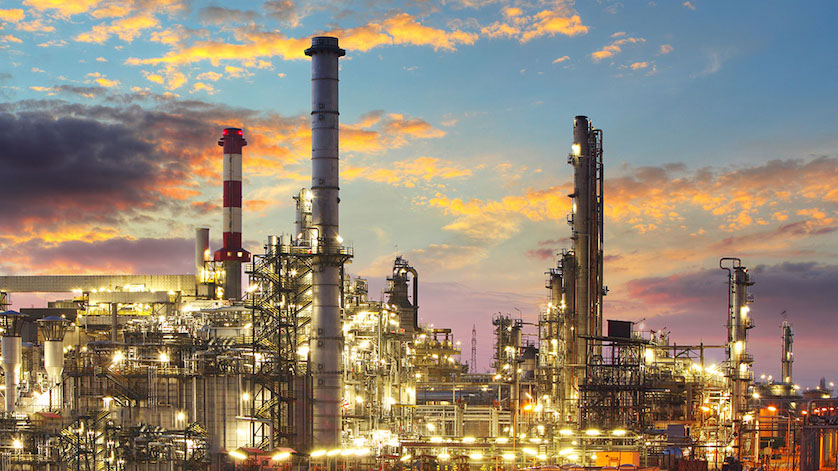
Refinery operators who work with fixed bed catalysts place a high value on temperature accuracy, but they also don’t want to waste time by taking unnecessary temperature readings. Thus, to better understand any radial temperature differences that may exist during normal operations, they might assume they can simply use the temperatures taken during the startup hold times to verify the accuracy of reactor thermocouples.
This approach toward verifying thermocouple accuracy certainly sounds plausible, not to mention easier and more cost effective than the alternative. Unfortunately, this shortcut doesn’t really give operators the temperature information they need. What’s more, by using startup temperatures rather than operating temperatures, there’s no time to make any adjustments in case of problems.
This misconception is similar to the thinking that if you simply buy thermocouples to standard or special limits, you already know the sensors’ accuracy. While this approach may be suitable in applications where many thermocouples are getting general process information, it generally does not provide the precision needed for activities like reactor internal distribution evaluations (especially when a warranty is involved), SIL proof tests/recertifications, or pulse tests designed for advanced multi-level flow mapping of a reactor. The pulse test mapping can also have warranty implications on catalyst loading guarantees, as well as catalyst performance guarantees.

